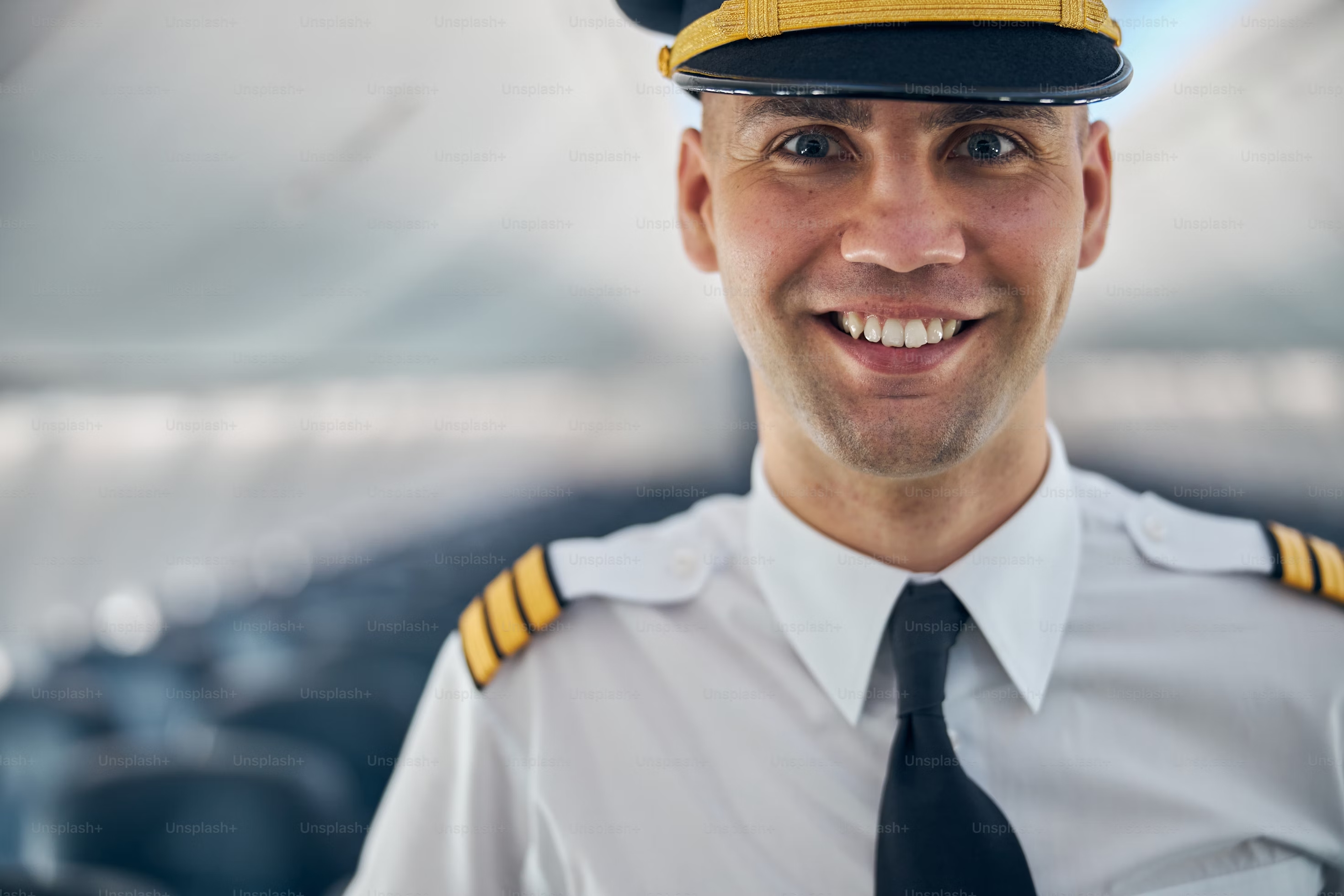how long does it take to become a pilot?
- 17 June 2024
How long does it take to become a pilot?
Becoming a pilot is an exciting and rewarding career path, but it requires dedication, training, and meeting specific requirements set by the Federal Aviation Administration (FAA). Here's a step-by-step guide on how to become a pilot, including the FAA requirements for each stage.
Step 1: Earn a Private Pilot Certificate
The first step is to obtain a Private Pilot Certificate, which allows you to fly aircraft for personal or recreational purposes. To earn this certificate, you must:
- Be at least 17 years old
- Obtain an FAA medical certificate
- Complete a minimum of 40 hours of flight time, including:
- 20 hours of dual instruction (with an instructor)
- 10 hours of solo flight time
- 3 hours of cross-country flight
- 3 hours of night flight
- 3 hours of instrument training
- Pass a written exam and a practical flight test
- Full-time training: 2-4 months
- Part-time training: 4-6 months
Estimated time to finish the course:
Keep in mind - requirements and proficiency are different. In general, it takes 75 flight hours to get private pilot certificate in US.
Step 2: Add an Instrument Rating
After obtaining your Private Pilot Certificate, the next step is to earn an Instrument Rating. This rating allows you to fly in instrument meteorological conditions (IMC), such as clouds or low visibility, relying solely on the aircraft's instruments. To earn an Instrument Rating, you must:
- 50 hours cross-country as pilot-in-command
- 40 hours actual or simulated instrument time
- One 250 NM cross-country in an airplane under IFR
- Instrument approaches at different airports
- Full-time training: Around 1 month
Estimated time to finish the course:
For more information: Instrument rating requirements FAR/AIM
Step 3: Earn a Commercial Pilot Certificate
To fly for compensation or hire, you must obtain a Commercial Pilot Certificate. The FAA requires a minimum of 250 hours of flight time to earn this certificate, including:
- 100 hours of flight time in powered aircraft
- 50 hours of flight time in airplanes
- 100 hours of pilot-in-command time
- 50 hours of cross-country flight time
- Additional training in areas like night flying, instrument flying, and complex aircraft operations
- Pass written and practical exams
- Full-time training: 2-3 months after instrument rating
- Part-time training: 4-8 months after instrument rating
Estimated time to finish the course:
Step 4: Become a Certified Flight Instructor (CFI) (Optional)
Many pilots choose to become Certified Flight Instructors (CFIs) to build flight experience and earn income while working towards higher certifications. To become a CFI, you must:
- Hold a Commercial Pilot Certificate with an Instrument Rating
- Complete additional ground and flight training
- Pass written and practical exams
- Full-time training: 1-2 months
Estimated time to finish the course:
Some flight schools don't hire instructors if they fail checkride more than twice during their training. So try your best at every checkride!
Step 5: Add a Multi-Engine Rating (Optional)
If you plan to fly larger commercial aircraft with multiple engines, you'll need to add a Multi-Engine Rating to your Commercial Pilot Certificate. This involves additional training and a practical test.
- Training period: 2-3 weeks
Estimated time to finish the course:
Step 6: Gain Experience and Interview with Airlines
Airlines typically require pilots to have significantly more flight hours than the FAA minimums, often ranging from 1,000 to 2,000 hours or more. During this time, you can continue building experience as a flight instructor or by flying for smaller commercial operators.
Step 7: Earn an Airline Transport Pilot (ATP) Certificate
To fly as a captain for an airline, you must obtain an Airline Transport Pilot (ATP) Certificate. The FAA requirements for an ATP include:
- Be at least 23 years old
- Hold a Commercial Pilot Certificate with an Instrument Rating
- Have at least 1,500 hours of total flight time 👈
- Complete an Airline Transport Pilot Certification Training Program
- Pass written and practical exams
👉 1,500 rule for ATP to operate part 121 air carrier was created in 2013, after Colgen air flight 3407 in 2009. This is the main reason why many flight school graduates can't find a job directly. So students need to find a way to build a time. Normally, they do CFI but there are other jobs like banner towing, skydiving. Or some people buy a plane and build their time.
More about Colgan air flight 3407 and 1500 rule: Congress Can’t Erode Airplane Safety Rules That Save Lives





